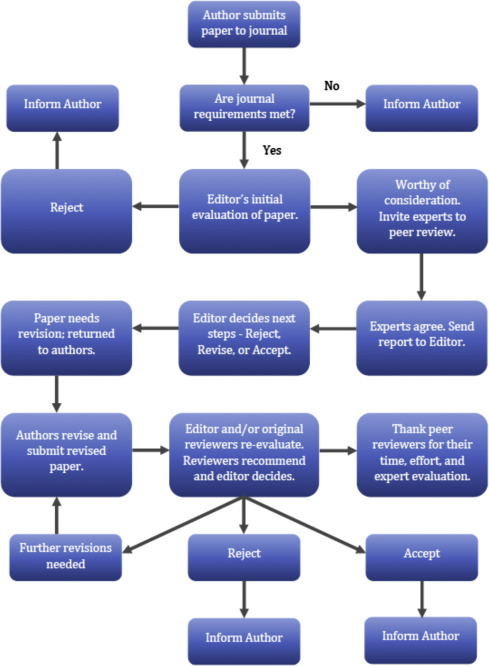Peer Review Process
An editor first reviews the submitted manuscript. It will be evaluated in the office, whether it is suitable for International Journal of Engineering Science Technologies focus and scope or has a major methodological flaw and similarity score by using iThenticate.
The manuscript will be sent to at least two anonymous reviewers (Blind Peer Review). Reviewers' comments are then sent to the corresponding author for necessary actions and responses.
The suggested decision will be evaluated in an editorial board meeting. Afterward, the editor will send the final decision to the corresponding author.

















